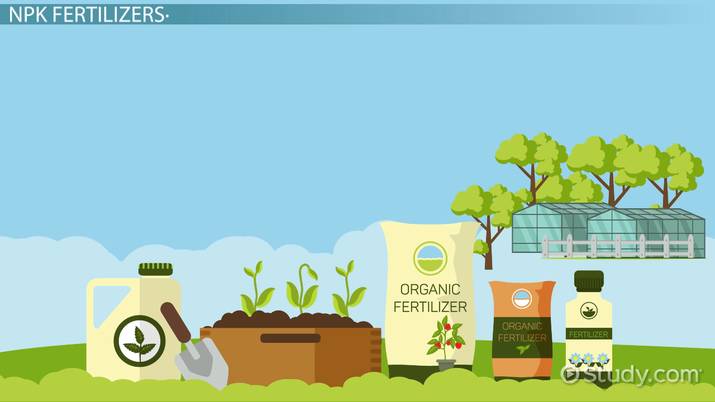Fertilizer Fundamentals: The Science and Application of Plant Nutrients

About Course
Fertilizers are the unsung heroes behind the lush green fields, thriving gardens, and food security that support our daily lives. This course dives into the science of how fertilizers nourish plants, improve soil health, and impact ecosystems. By exploring the chemistry, biology, and application techniques behind modern fertilizer use, students will develop a practical understanding of how to maximize crop yields while maintaining environmental responsibility.
Whether you’re an aspiring agronomist, a home gardener, or a student interested in environmental science or sustainable agriculture, this course equips you with critical insights into soil nutrients, fertilizer types, and the strategies to apply them effectively. You’ll discover how plants absorb nutrients, what signs to watch for when deficiencies occur, and how to balance productivity with sustainability. Fertilizer management is more than just application—it’s a science rooted in soil chemistry, plant physiology, and environmental stewardship.
Course Content
Introduction
Importance of fertilizers in agriculture and gardening
00:00Overview of the science behind fertilizers
00:00